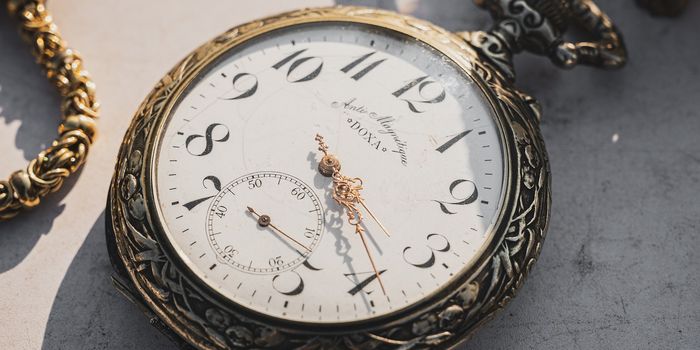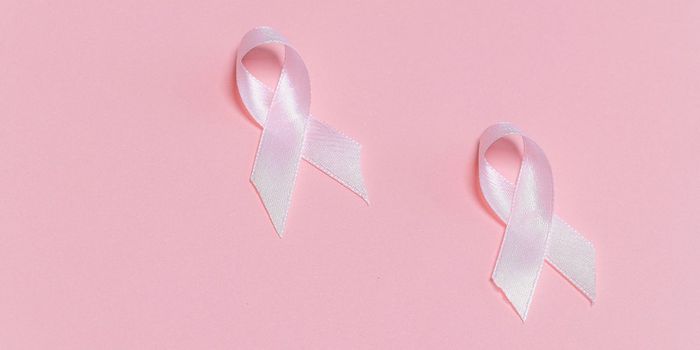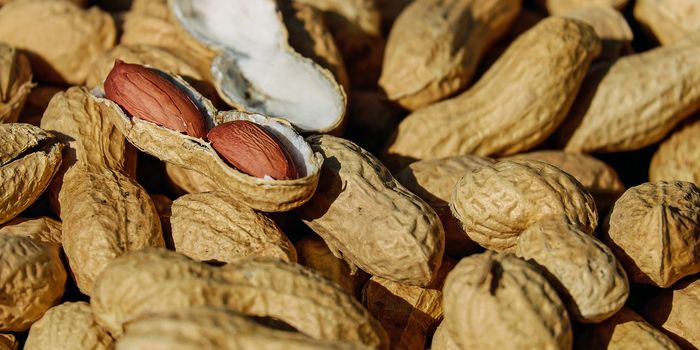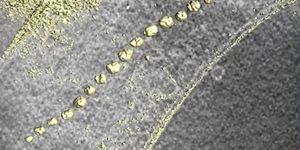New Research In Reversing Deafness
Hair cells inside the human ear are responsible for sensing and relaying sound to the brain. In all mammals except humans, these cells can regenerate if damaged. In humans, when a hair cell dies because of damage from loud noises, a virus, or genetic mutation, the loss is permanent.
Scientists at Johns Hopkins University are now investigating the molecular signaling pathways of hair cell differentiation and growth, to find a way to regenerate damaged hair cells. This would help people with deafness regain hearing, regardless of the cause.
Undamaged cochlear hair cells vs. damaged cochlear hair cells.
Previously, scientist knew about two genes, HEY1 and HEY2, which repress the differentiation of precursor hair cells into functional hair cells. Without the HEY1 and HEY2 genes, cells prematurally differentiate and do not fully grow. Interestingly, the expression of these two genes also expresses small amounts of "inhibitor of differentiation" (ID) proteins. An accumulation of ID proteins, however, interfere with the ability of repressors to bind to the DNA. When the repressor proteins cannot bind to DNA, the cells differentiate into audio-sensing hair cells, in an organized spiral. The slow accumulation of ID proteins is a biological timer that results in the precise birth of audio-sensing cells.
Most recently, scientists at Johns Hopkins University found that the proteins responsible for balancing the timing of differentiation are Activin A, a member of the cytokinin family, and Follistatin (FST). Precursor hair cells grow from the outside of the cochlear spiral to the inside. Along the way, FST is expressed and represses differentiation of these precursor hair cells. Activin A signals differentiation and is expressed in the reverse direction, beginning with cells at the center of the cochlear spiral.
At the moment, there is no way to engineer hair cells to regenerate. However, with more research on the underlying molecular controls, a therapy for hearing loss draws closer.
Sources:








